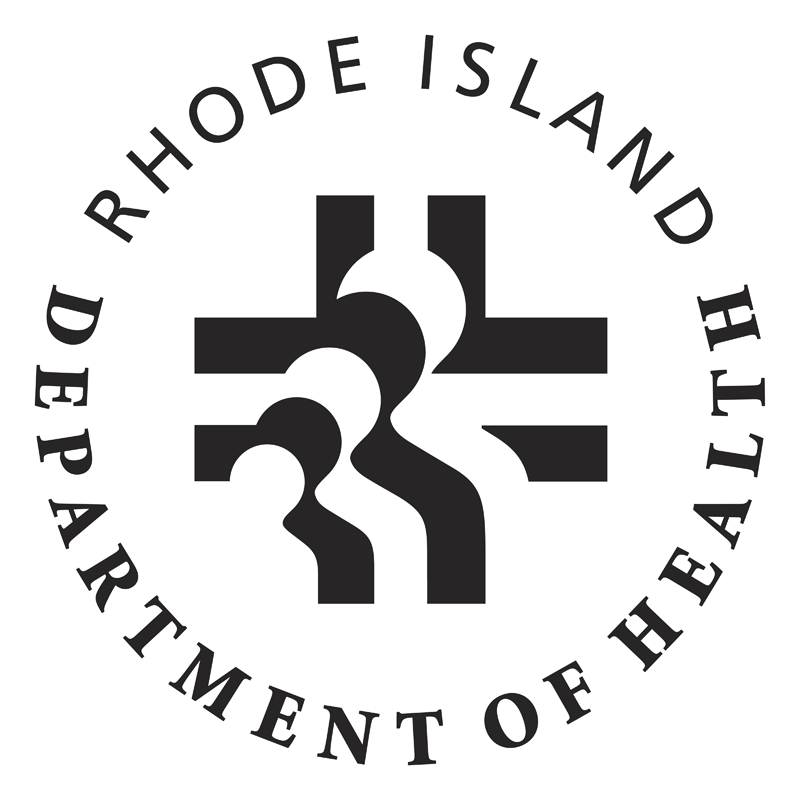 Rhode Island Department of Health
Rhode Island Department of HealthState of Rhode Island
Department of Health
 Rhode Island Department of Health
Rhode Island Department of HealthState of Rhode Island
Department of Health

The federal government, through the Controlled Substances Act makes classified drugs, substances, and certain chemicals used to make drugs, into five distinct categories or schedules depending upon the drug’s acceptable medical use and the drug’s abuse or dependency potential. Schedule I drugs have the greatest potential for abuse and have no known medical value. These substances are not approved for medical use by the federal government and no prescriptions may be written for their use. Schedule II have more potential for dependence than schedule V substances.
Schedule I drugs, substances, or chemicals are defined as drugs with no currently accepted medical use and a high potential for abuse. Schedule I drugs are the most dangerous drugs of all the drug schedules with potentially severe psychological or physical dependence. Some examples of Schedule I drugs are: heroin, lysergic acid diethylamide (LSD), marijuana (cannabis), 3,4-methylenedioxymethamphetamine (ecstasy), methaqualone, and peyote.
In some states, including Rhode Island, marijuana is allowed to be used for certain medical conditions. Patients may obtain a “medical marijuana card” issued by the Department of Health which allows use and possession of certain quantities within the context of the medical marijuana act.
The Board of Medical Licensure and Discipline enforces national standards for the prescription of scheduled drugs. We also recommend best practices to limit the addition and unfortunate consequences of over prescribing opiates and other additive medicines.